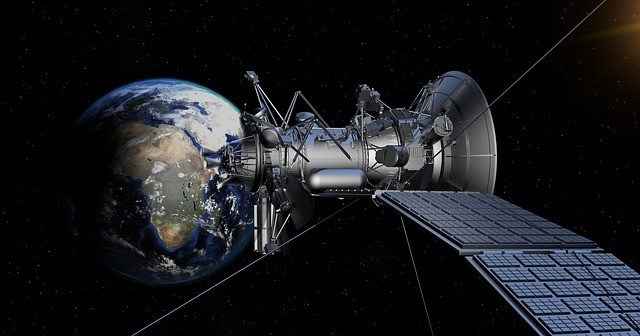Ultra-lightweight multifunctional space skin created to withstand extreme conditions in space
A new nano-barrier coating could help protect ultra-lightweight carbon composite materials from extreme conditions in space, according to a study from the University of Surrey and Airbus Defence and Space.

The new functionality added to previously developed ‘space skin’ structures adds a layer of protection to help maintain space payloads while travelling in space, similar to having its very own robust ultralight protective jacket.
The research team has shown that their innovative nano-barrier would help drastically increase the stability of carbon fibre materials, while reducing radiation damage.
Professor Ravi Silva, corresponding author of the study and Director of the Advanced Technology Institute (ATI) at the University of Surrey, said:
"Current aluminium shielding is not thermally stable or fully conformal, and therefore usually undesired for stable structures. Not to mention that aluminium shielding contributes to the mass and cost of satellites. Our nano-barrier addresses these issues and is a promising upgrade to the industry standard which could become a key accessory to all space and aircraft structures that are both mobile and static.”
The coating is a highly dense superlattice structure applied to carbon fibre materials at room temperature which does not add over 1 μm of thickness, therefore keeping the materials lightweight.
The study has been published in Science Advances.
###
Notes to editors
Professor Ravi Silva is available for interview upon request.
For more information, please contact the University of Surrey’s press office via mediarelations@surrey.ac.uk
Featured Academics
Media Contacts
External Communications and PR team
Phone: +44 (0)1483 684380 / 688914 / 684378
Email: mediarelations@surrey.ac.uk
Out of hours: +44 (0)7773 479911
